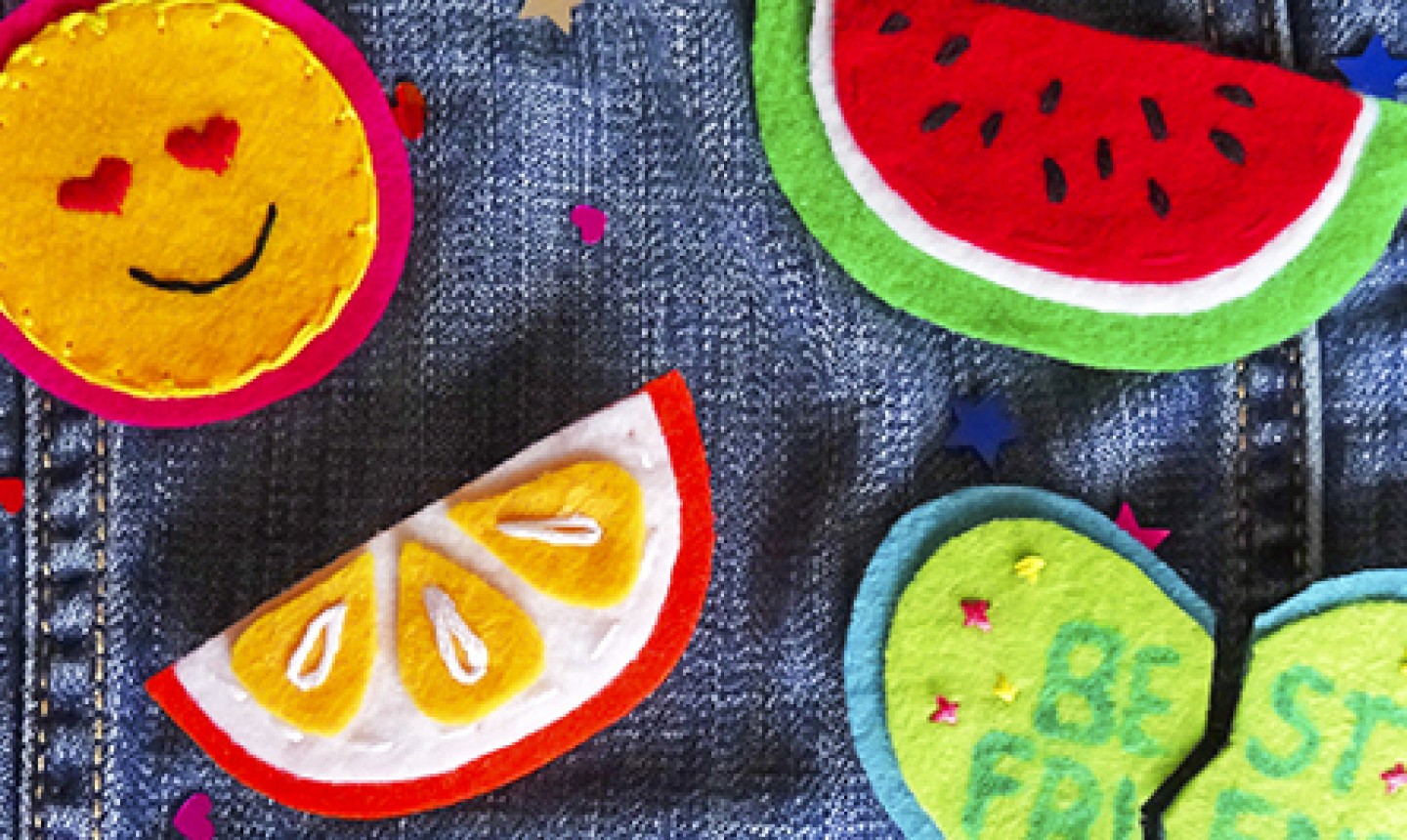If you are looking to make custom embroidery patches, there are some things you will want to know. First, you will need to determine the size of your patch. After you have done that, you will need to select your threads. Next, you will need to sew the patch. Finally, you will need to apply fusible backing to the patch.
Personalizing Uniforms or Accessories
Embroidered patches are great for marketing and commemorating an organization. They are also great for personalizing uniforms or accessories. If you’re considering custom patches, there are a few things you should know before getting started.
The best way to calculate the size of a Custom Embroidered Patches is to take the total length and width and divide it by two. Then, round up the results to the nearest half-inch. This is important because you’ll want to select a size that’s not too small or too large.
Decent-Sized Piece of Fabric
The most common sizes range from three to five inches, with a few exceptions. The most notable one is the 12 inch patch, which is big enough to cover a decent-sized piece of fabric. While it might not be practical to wear on a jacket, it’s more than big enough to fit on the front of a baseball hat.
The Merrow border is a patch border that is stitched directly onto the exterior of an embroidered patch. It is generally two to four millimeters wide and usually a bit thicker than other types of borders. This gives a cleaner and more uniform look to the patches.
Complex Designs
Merrow borders are best used for patches with simple shapes. They are also effective on woven traditional patches. However, they do not work well with complex designs.
Choosing the right border for your patch is essential to the overall look of the emblem. For example, if you are aiming for a vintage look, a merrow edge border may be the ideal choice. Likewise, if you are trying to convey a more modern style, a hot cut border would be a good option.
If you want to create custom embroidery patches, you should pay special attention to choosing the right thread. The wrong choice can make your design drab and uninspiring. However, the right choice can completely change your design.
A Trilobal Polyester Fiber
For example, you can opt for a trilobal polyester fiber. This is a type of fiber that reflects light and has a shiny appearance. It is also strong enough to withstand harsh conditions.
High-Quality Embroidered Patch
Another trick to creating a high-quality embroidered patch is to choose a reliable twill. Twill is a fabric that holds the thread in place. A weak twill can cause the thread to fall out. On the other hand, a strong twill can hold the thread in place without being too stiff.
You can also opt for a poly blend twill. This will make it possible to fill the spaces of the twill with your chosen thread color.
When you apply the fusible backing to custom embroidery patches, you are creating an extra layer of strength. This stabilizer will help maintain the shape of the patch, and will also prevent irritation to babies’ skin.
Grainline & Direction of Stretch
Fusible interfacing is a type of stabilizer that is usually made out of a thin, adhesive-backed fabric. The material can be found in rolls, sheets, or by the yard. You should test the product’s compatibility with the fabric you are using before buying it. It is important that the fusibles match the grainline and direction of stretch.
Some fusibles are applied by heating them in an iron. You can find instructions for applying fusibles on the manufacturer’s website or by searching online. Once you’ve applied the fusible, it should stay fused to your garment.
If you’re looking for a way to decorate your garments, then sewing a patch might be just the thing. Patches are available in various shapes and sizes, and are useful for many purposes. You can use them to cover a hole, add a little bling, or repair a tear. Sewing on a patch is easier than you might think.
Final Thoughts:
Before you start sewing a patch, it’s best to decide where you want to put it. This is especially true if you’re planning to sew it onto a sleeve. But it’s also important to consider the type of material you’re working with. Heavy fabric like denim or canvas bags will hold a patch well.
The most obvious method to attach a patch to a garment is by using a sewing machine. Alternatively, you can hand-sew it. In either case, you’ll need to have all the proper materials.






